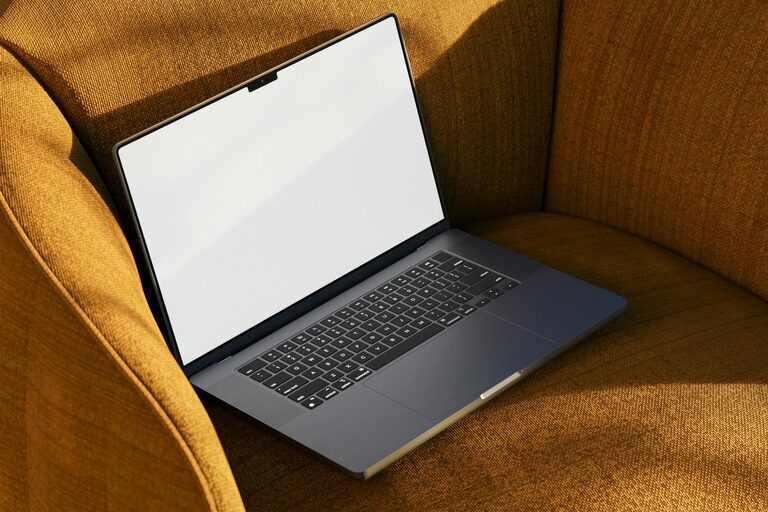Tips for Choosing a Comfortable Desk Chair for Your Workspace

When it comes to setting up an effective workspace, the comfort of your desk chair plays a vital role. A good chair not only helps maintain proper posture but also reduces the risk of back pain and fatigue during long hours of work. Whether you work from home or at an office, choosing the right chair can improve both your comfort and productivity. Here are some practical tips to guide you through selecting a comfortable desk chair.
Why Comfort Matters in a Desk Chair
Spending hours sitting at your desk can strain your back, neck, and shoulders if your chair lacks adequate support. A comfortable chair helps prevent discomfort and injury by promoting proper alignment of your spine. It also allows you to focus better by minimizing distractions caused by pain or awkward positioning.
Key Features to Look For in a Comfortable Desk Chair
1. Adjustable Height
An adjustable height feature ensures your feet rest flat on the floor with your thighs parallel to the ground. This alignment supports healthy circulation and reduces pressure on your lower back.
2. Lumbar Support
Lumbar support is essential for maintaining the natural curve of your lower spine. Chairs with built-in or adjustable lumbar support help prevent slouching and lower back strain.
3. Seat Depth and Width
The seat should be deep and wide enough to comfortably accommodate your body. Ideally, there should be a 2-4 inch gap between the back of your knees and the seat edge to promote circulation.
4. Adjustable Backrest
Being able to adjust the backrest angle and tension allows you to recline slightly, which reduces pressure on your spine and improves comfort over time.
5. Armrests
Armrests provide support for your arms and shoulders, reducing strain. Look for chairs with adjustable armrests that can be moved up, down, or sideways to suit your desk height and natural posture.
6. Swivel and Mobility
A chair that swivels and rolls easily allows you to move around your workspace without straining. This flexibility improves efficiency while minimizing awkward twisting movements.
Materials and Padding
Choosing the right materials can also impact comfort and durability.
– Padding: Look for chairs with adequate cushioning that isn’t too soft or too firm. Memory foam padding offers great support and comfort.
– Upholstery: Breathable fabrics or mesh chairs help keep you cool during long sessions by allowing air circulation.
– Frame: A sturdy frame made from metal or high-quality plastic ensures the chair lasts and supports your weight properly.
Additional Tips for Enhancing Comfort
Test Before You Buy
If possible, try sitting in the chair for at least 10-15 minutes to gauge its comfort and support. This practical test helps you get a feel for adjustments and overall fit.
Match Your Chair to Your Desk Height
Ensure the chair complements your desk setup. Your elbows should be at about 90 degrees when typing, with forearms parallel to the floor.
Consider Your Work Style
If your work requires frequent movement or multitasking, opt for chairs with wheels and easy swivel. For focused, seated work, prioritize ergonomic support.
Budget Wisely
While investing in a good chair is worthwhile, many affordable options offer excellent ergonomic features. Prioritize features that matter most to your comfort and health.
Caring for Your Desk Chair
Maintaining your chair can extend its lifespan and keep it comfortable:
– Regularly clean upholstery or mesh fabric
– Tighten screws and check moving parts periodically
– Replace worn-out padding or casters as needed
Conclusion
Selecting a comfortable desk chair involves considering factors such as adjustability, support, materials, and how the chair fits your body and workspace. By prioritizing ergonomics and comfort, you’ll create a pleasant work environment that supports your health and productivity. Take your time to explore different options and don’t hesitate to try before buying—your back will thank you!



